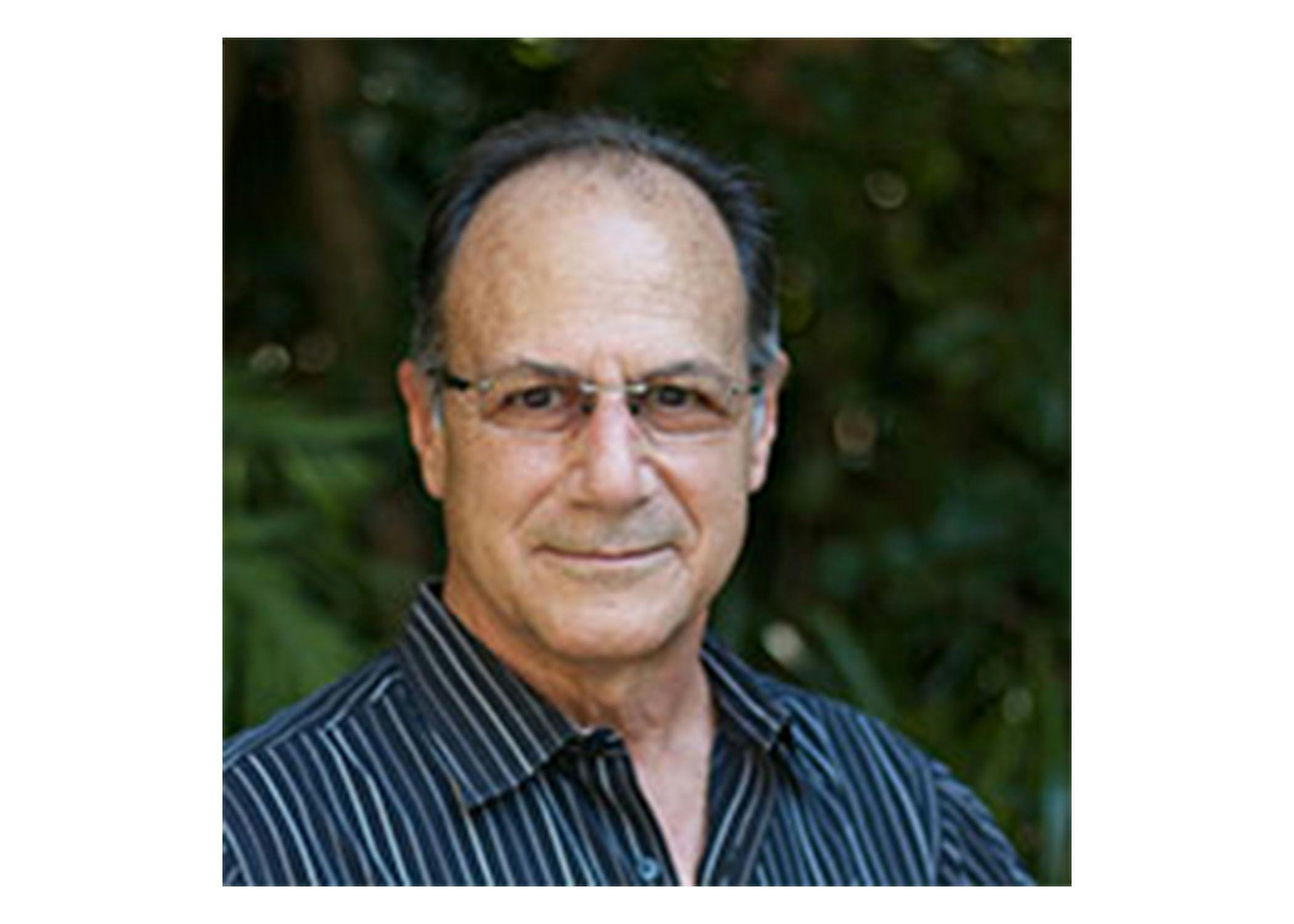Clinical Composer
Tremeau CEO Bradford Sippy strikes a new chord with revival of old blockbuster drug—modifying it as a unique treatment for orphan hemophilia condition.

Any musician knows the power of a good arrangement. Sometimes taking the same notes and tweaking them can create a sound that’s even better than the original song.
Perhaps it was that insight as a musician which helped Bradford Sippy, CEO of Tremeau Pharmaceuticals, see the potential in a withdrawn drug that was once a blockbuster. An entrepreneur at heart, he recognized the value of Merck’s Vioxx and began sketching a plan to turn it into a viable treatment for severe hemophilic arthropathy.
“I’ve always had an entrepreneurial mindset, but you’re not going to start a pharmaceutical company in your dorm room,” he says. “There aren’t any Mark Zuckerbergs in the pharmaceutical industry.”
To achieve his dream of starting his own pharma company, after receiving a BS in chemical engineering from Purdue University and an MBA from New York University, the first part of Sippy’s career was dedicated to gaining as much experience in as many different places within pharma as possible. After jobs in manufacturing, logistics, research and development, and sales, and specialized training in intellectual property, he decided to focus on the commercial organization and rose through those ranks. He worked for companies such as Roche, Merck, and Sunovion, then eventually was ready to strike out on his own and started Tremeau in 2016.
“Knowing how the entire industry gets put together and having worked in a variety of different roles, and then having the specific experience in this space all combined to put me in a position to be able to do this,” he says.
Finding the music between the notes
Sippy began his career at Merck as a salesperson in 2000, with one of his products being Vioxx (rofecoxib). The medicine, approved in May 1999, was a popular cyclooxygenase 2–selective, nonsteroidal anti-inflammatory drug (NSAID) that relieved the symptoms of osteoarthritis, managed acute pain in adults, and provided relief for rheumatoid arthritis in adults and children. However, on Sept. 30, 2004, the company voluntarily withdrew Vioxx worldwide due to safety concerns of an increased risk of cardiovascular events, including heart attack and stroke.
In 2005, Sippy was managing the withdrawal of Vioxx as part of the marketing team. As Merck was publishing all the studies associated with rofecoxib, he came across one for the use of rofecoxib and another COX-2 inhibitor, etoricoxib, in the treatment of hemophilic arthropathy. Prior to that, he had never heard of the condition.
“I remember that day 17 years ago,” he says. “It was clear that this was a patient population for which this product would be almost a perfect fit. At that time, it was becoming [apparent] that maybe the withdrawal of Vioxx was a mistake, and I had this aha moment that no matter where you land on the debate around the product, that this is a population that almost anybody would agree is a medically appropriate population for the product, and that there might be other places where it can be used.”
Though Vioxx was singled out as being risky, Sippy suggests the spotlight was unjustly shone on the product. He explains that Vioxx unfortunately took the heat for its entire class of drugs, which was experiencing similar issues. “It was not the worst in the category,” he says. “But it was the first in the category to really uncover what was an issue with the whole class.”
Looking beyond the negative news coverage and sticking to the science, Sippy recognized rofecoxib’s unique benefits that are particularly relevant to hemophilia patients. These patients often develop early arthritis because of internal joint bleeds. However, due to that internal bleeding risk, they can’t take normal NSAIDs. As a result, they are often treated with opioids to manage their arthritic pain. “Because this can happen at an early age, it’s not uncommon to have, unfortunately, a 13-year-old kid taking fentanyl patches with this condition,” he says.
As the opioid crisis intensified, it reinforced the need for a new therapy that wasn’t addictive.
Sippy saw the potential for rofecoxib, which is an NSAID, like ibuprofen, but doesn’t have some of the negative effects of ibuprofen, including the potential to cause ulcers, bleeding, or holes in the stomach or intestine. “It’s a great treatment option for somebody with hemophilia,” he says. “And, more broadly, in a variety of different diseases where you wish you could take an NSAID, but you can’t. We’re trying to focus the use of the product in those places.”
As Sippy planned his revival of rofecoxib, his experience in intellectual property came in handy. He knew when Merck’s patents on Vioxx were going to expire and release into the public domain.
Though he had to wait about 12 years, he was able to build his industry experience further during that time. He left Merck to join Sunovion and advanced there, ultimately running the two blockbuster drugs Lunesta and Latuda. “I was kind of biding my time and thinking about this,” he says. “Then when the patents expired—and it was the right time for me personally and career-wise—I decided to take the jump.”
As Tremeau further developed rofecoxib, which is now in Phase III clinical trials, Sippy and his team discovered previously unknown properties of the product, which led to several new patents on the updated drug. Developing a therapy for an orphan condition also came with its own exclusivity.
Singing a different tune
Taking a drug synonymous with pharmaceutical risk and turning it into a treatment for hemophiliacs might seem like a messaging challenge, but Sippy had science on his side.
First, he had to separate the perception and reality of rofecoxib. As he dug into the drug studies, it was evident that the root cause of the previous issues was that people were taking the product inappropriately—they were using very high doses only indicated for acute use as a chronic treatment. “The facts are that at normal doses it has a similar [cardiovascular] safety profile to other NSAIDs, but it has unique benefits that could [help] patients like hemophiliacs and other patient populations,” says Sippy.
Another misperception of the drug is that FDA forced it off the market, which is not true; it was a voluntary withdrawal. In fact, FDA is on record saying it was a class effect and that rofecoxib actually had the best gastrointestinal safety profile of any product in the class. “Most people don’t know that,” says Sippy. “They just know the headline, and they don’t realize that the FDA was setting the stage for this product’s potential reintroduction back then.”
Tremeau is defining a specific target for rofecoxib this time around. To avoid mistreatment, it is focusing on places where the product’s unique benefits can be clearly realized. With plenty of effective NSAIDs available, there is no reason for the average person to use rofecoxib. Although the data support that it could be used anywhere in lieu of ibuprofen, Sippy realizes the world doesn’t need a similar drug and wants to focus on the areas where ibuprofen can’t be used.
Sippy also had to address messaging when it came time to secure financing for Tremeau. The traditional way to approach investors is to cast a wide net to ultimately discern who shows the greatest interest and fits best with an investment thesis, then convince people that the science will successfully translate into reality. This wasn’t necessary for Sippy though; the drug was extremely well studied and had been already approved for six indications.
Early on, Sippy recognized that there were people stuck on the negative perception of Vioxx, but others understood the reality of its history, so he used an upfront filter to identify the most fruitful leads. Before he would sign a confidential disclosure agreement with someone or go through any lengthy discussions with a potential investor, he would ask: “What do you think of Vioxx?” If they hesitated with concerns about the drug’s prior withdrawal and safety issues, he knew there was a low probability of flipping that person.
Fortunately, there were many prominent people in the industry who recognized the reality of the situation. They appreciated that most of the risks typical in pharmaceutical development were already answered through the many studies that had been conducted. This is what happened with the fund that Sippy ultimately ended up working with, which was run by the ex-CEO of Sanofi and the former chairman of PhRMA. “I walked into a room to tell him about our plans, and he said, you can skip the first 20 slides of your presentation, you don’t need to convince me this is a good drug that’s got a place; let’s talk about your strategy to bring it back,” he says.
The one group that probably needed the least convincing that rofecoxib was safe and effective was the hemophilia community. Prior to Vioxx’s withdrawal, it had been a standard of care in this space. Though it didn’t have a formal indication for hemophilic arthropathy—there were no approved drugs for this—it did have indications for similar conditions, such as rheumatoid arthritis and osteoarthritis.
“There were two factions [among those treating hemophilia],” says Sippy. “There were the old timers, people who were in practice when the product was on the market. They thought this was a great idea and were very interested. Then there was the younger generation that was in medical school [during the withdrawal] who never actually used the drug and [questioned] if it had some problems. I used largely the same argument as I did with investors and the FDA, and showed them our minutes, to convince them of the reality of the situation.”
Harmonizing with FDA
Many companies rely on reports that their science works in order to sell their product; it’s years before they get involved with FDA. But Sippy knew his science was solid; he felt it was more important to demonstrate that FDA was on his side. In fact, the first thing he did when starting Tremeau from his kitchen table was setting up a meeting with the agency, because he knew that having formal minutes demonstrating there was a perception and reality gap would be important to convincing stakeholders.
“The world is driven by perception, but the good news is the FDA is driven by reality,” he says. “I had the least difficulty making this case to the FDA, because oftentimes I was quoting them back to themselves. They were very receptive to the idea of what we were proposing.”
When Tremeau submitted an orphan designation for hemophilic arthropathy, it was approved within two months vs. the average six-month wait time for that type of approval at the time. FDA agreed to mitigate the risk of the higher dose and off-label use by allowing Tremeau to develop normal doses. Some of the greatest challenges arose in developing the Phase III protocol for hemophilic arthropathy.
“We had to do a lot of work with the FDA to have a rescue med and [decide] what’s an appropriate washout period and pain score in order to qualify for the trial,” says Sippy. “It’s quite a complicated trial because of the unique considerations within this patient population.”
Acting as maestro
As a leader, Sippy relies on patience and tolerance. He knows that things won’t always go well, so it’s important to have a couple different irons in the fire. “Nothing worthwhile is ever easy or ever certain,” he says. “When I propose things to the group or seek ideas, it always comes with the mindset of let’s give this a try, but let’s manage our expectations as to what’s going to happen and only operate off what we know.”
Sippy’s down-to-earth attitude can be traced back to his humble roots. “I’m not a very formal person,” he says. “I grew up with nothing, I paid my own way through college, I’ve done every menial job you could ever imagine. It’s hard to be too full of yourself when you’ve washed dishes and scrubbed toilets as a job before.”
His employees understand and appreciate his unpretentious leadership style. This comes through at team meetings, where everybody is free to speak. “But you have to back up your ideas and your thoughts,” he says. “Just because you’re a more junior person doesn’t mean that I’m not going to hear you out. Conversely, just because you’re a senior person doesn’t mean I’m going to necessarily accept what you say without rationale.”
Sippy also likes to give people credit for their ideas and believes it fosters an environment of willingness to communicate. Sometimes he will go out of his way in a board meeting to make sure to mention the person on the team who came up with an idea, even when they’re not in the room.
Delving into the “why” of things over the “what” is also important to Sippy. “If we’re picking a strategy or I’m describing a decision, I’ll always say, ‘I want to do this because of X, Y, and Z,’” he says. “By having that habit of communicating the what and the why, it allows everybody to understand what’s going on and then it also allows you intellectual flexibility to change with new information.”
Always adding to his repertoire
Sippy’s “feverish, inventive mind” is always full ideas. In addition to Tremeau, he helped start another small, pharma-related company in 2019, with a lead product that is consumer-focused. “A few years ago, I became enamored with a type of technology called deuteration, where you substitute deuterium for hydrogen and can modify how a product gets metabolized or absorbed,” he says. “I felt that it had more potential than was probably being used right now in the industry, so I started Lennham Pharmaceuticals up and put some patents I had in there, and it’s now taken on its own life.”
Another creative outlet is Sippy’s passion for music. He was a saxophone player when he was younger, but it wasn’t until his two daughters were in school that he recommitted himself to the art. “We were encouraging them to try piano, and I felt like: What kind of role model am I? I can play. I mean, I’m not Fleetwood Mac, but I was good,” he says. “I decided, if I’m encouraging them to try instruments, maybe I should put my money where my mouth is.”
Whether it’s drug development or music, Bradford Sippy is always up for a challenge. The self-taught bass guitarist now has original tracks available for listening, including on Spotify (link here: https://spoti.fi/3GnuINh).

He contemplated a number of new instruments to take up and ultimately started teaching himself bass guitar. “A big advantage of being a bass player is…everybody needs one,” he says. “The moment I displayed any level of competency, I was being invited by local cover bands [in Boston] and worked my way up.”
As Sippy progressed as a musician, he started learning about music theory and is now collaborating with other artists to create their own music. He recently released his first few tracks on Spotify, iTunes, and other platforms, and has around eight more in the queue.
“One of the things about [music] is you only have 12 notes at the end of the day, but it’s amazing how [you can have] an infinite number of combinations of them—there’s always something new to be done,” he says.
While there are more than 12 elements that go into building chemical compounds, sometimes it takes similar insight to see old drugs in a new light. That’s exactly what Sippy did with Vioxx: He took something pre-existing, analyzed it’s potential with modifications, and turned it into something that people can appreciate in a whole new light. “The base is there,” he says. “It’s just how you arrange it.”
Elaine Quilici is Pharm Exec’s Editor-in-Chief. She can be reached at equilici@mjhlifesciences.com.











